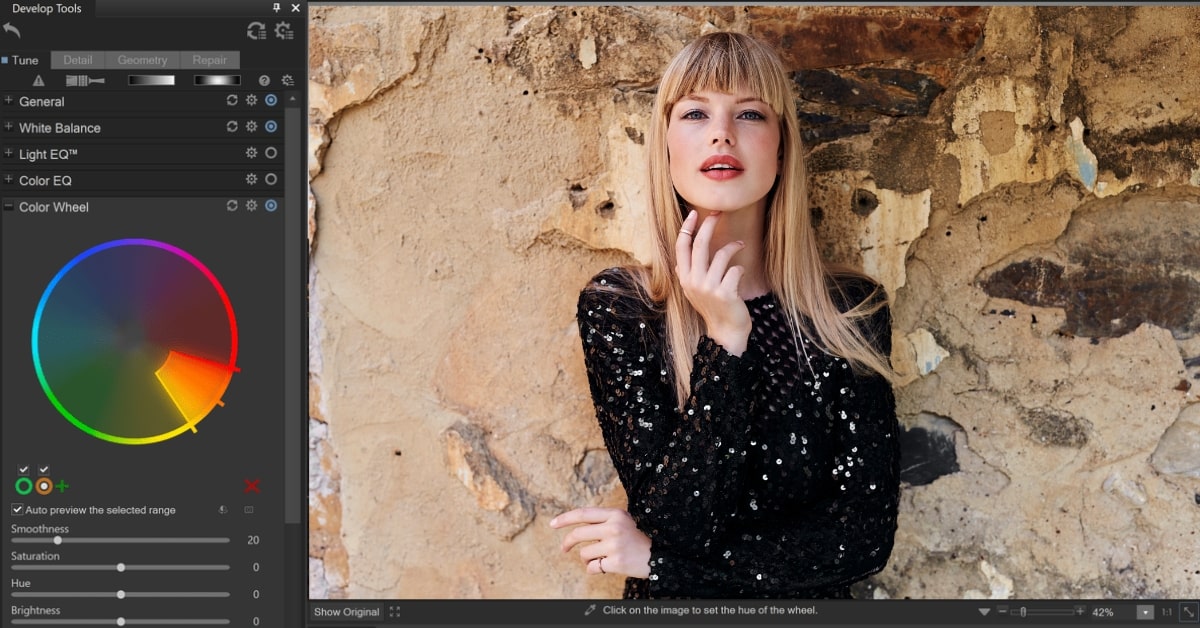In the realm of photography, capturing breathtaking images is just the beginning of the creative journey. Photo studio editing software serves as the digital darkroom, where photographers refine, enhance, and transform their photos into works of art. In this article, we’ll explore the capabilities of photo studio editing software, its features, and how it empowers photographers to unleash their creativity.
Exploring the Essence of Photo Studio Editing Software
- Professional-Grade Editing Tools: Photo studio editing software offers a comprehensive suite of professional-grade tools for editing and retouching images. From basic adjustments like exposure and color correction to advanced techniques such as layering and masking, these tools provide photographers with unparalleled control over their edits.
- Non-Destructive Editing: One of the key features of photo studio editing software is non-destructive editing. This means that edits are applied to a separate layer or file, preserving the original image intact. Photographers can experiment freely without fear of losing valuable image data.
- Advanced Retouching Capabilities: Photo studio editing software excels in advanced retouching capabilities, allowing photographers to remove blemishes, smooth skin, and enhance details with precision. Features like clone stamps, healing brushes, and frequency separation enable photographers to achieve professional-quality results.
- Creative Effects and Filters: Beyond basic editing, photo studio software offers a plethora of creative effects and filters to elevate images to new heights. From vintage-inspired looks to modern artistic styles, photographers can explore endless possibilities for artistic expression.
- Workflow Optimization: Photo studio editing software is designed to streamline the editing workflow, enabling photographers to work more efficiently. Batch processing presets, and customizable workspaces help photographers save time and achieve consistent results across their projects.
Choosing the Right Photo Studio Editing Software
- Consider Your Editing Needs: Evaluate your editing requirements, such as the complexity of edits, desired features, and compatibility with your workflow. Choose software that aligns with your specific needs and budget.
- Trial and Exploration: Many photo studio editing software offer free trials or demo versions. Take advantage of these opportunities to explore the software’s features, interface, and usability before committing.
- Community and Support: Consider the availability of community forums, tutorials, and customer support channels. A strong support network can be invaluable for troubleshooting issues and learning new techniques.
FAQs
Is photo studio editing software suitable for beginners?
Yes, many photo studio editing software offers user-friendly interfaces and intuitive tools that cater to beginners.
Can photo studio editing software handle RAW files?
Yes, most photo studio editing software supports RAW file formats, allowing photographers to retain maximum detail and flexibility in their edits.
What is the difference between photo studio editing software and basic editing apps?
Photo studio editing software typically offers more advanced features and capabilities compared to basic editing apps.
Can photo studio editing software be used for commercial purposes?
Yes, many professional photographers and businesses use photo studio editing software for commercial projects, including advertising, product photography, and editorial work.
Conclusion
Photo studio editing software serves as the cornerstone of modern photography, empowering photographers to bring their creative visions to life. With its extensive array of editing tools, non-destructive workflow, and advanced retouching capabilities, photo studio software enables photographers to push the boundaries of their creativity and achieve professional-quality results. Whether you’re a seasoned professional or an aspiring enthusiast, embracing photo studio editing software is the key to unlocking the full potential of your photographic journey.
This page was last edited on 28 February 2024, at 4:13 pm
